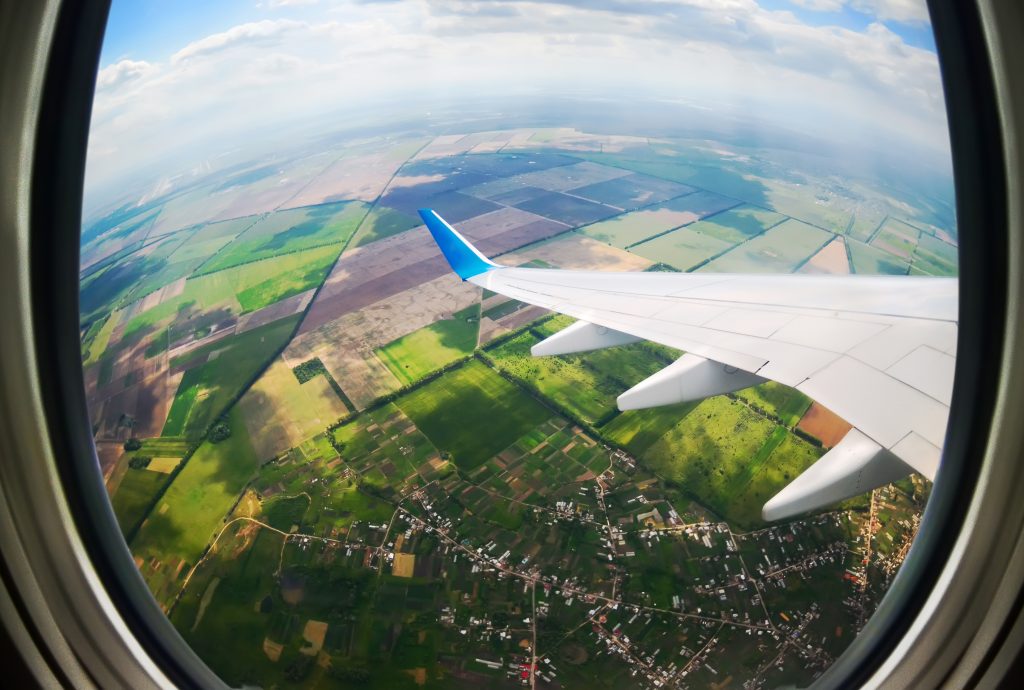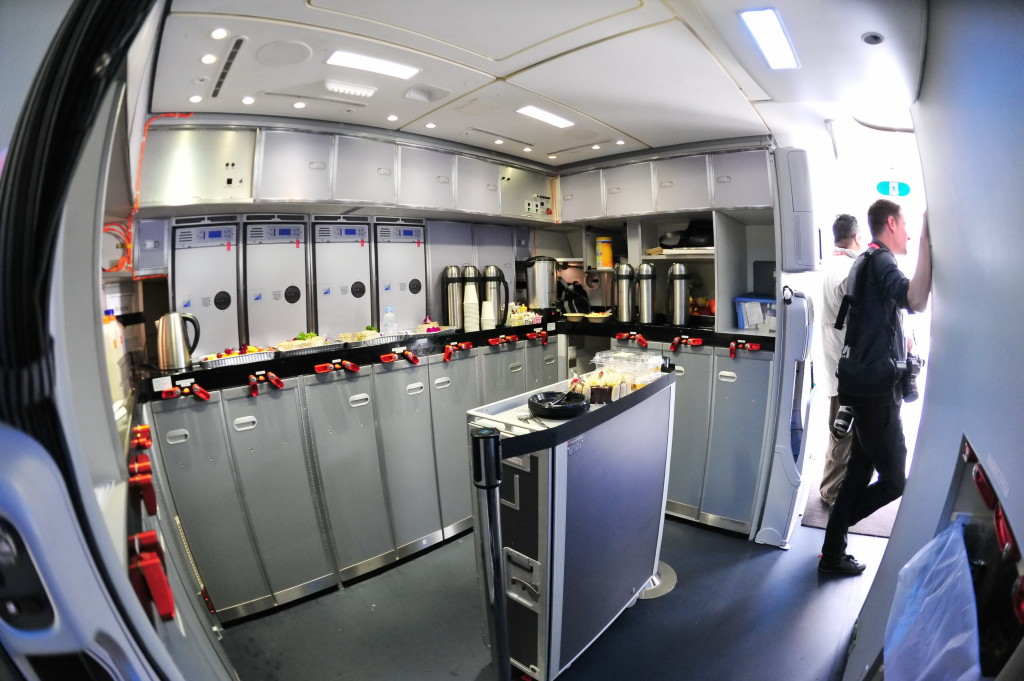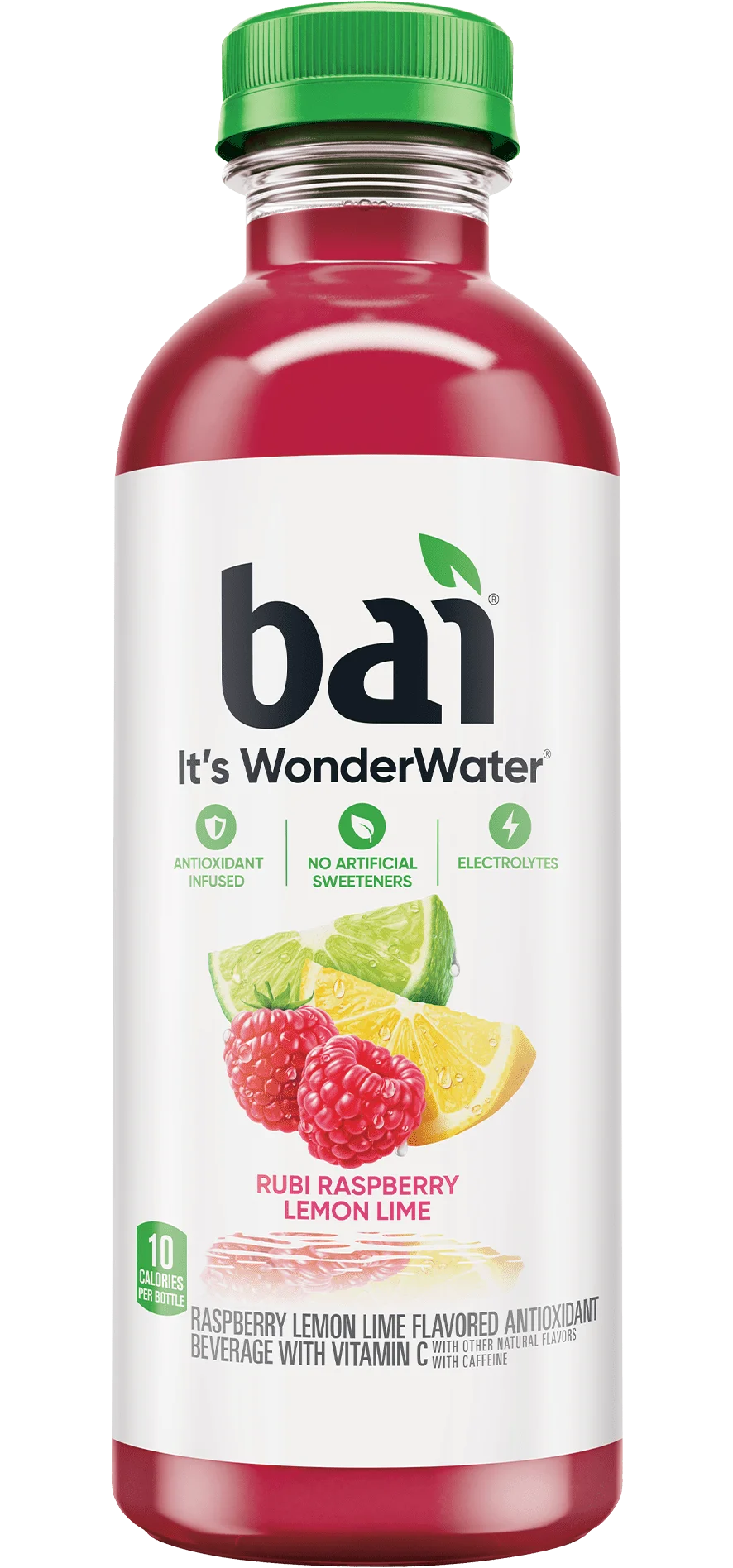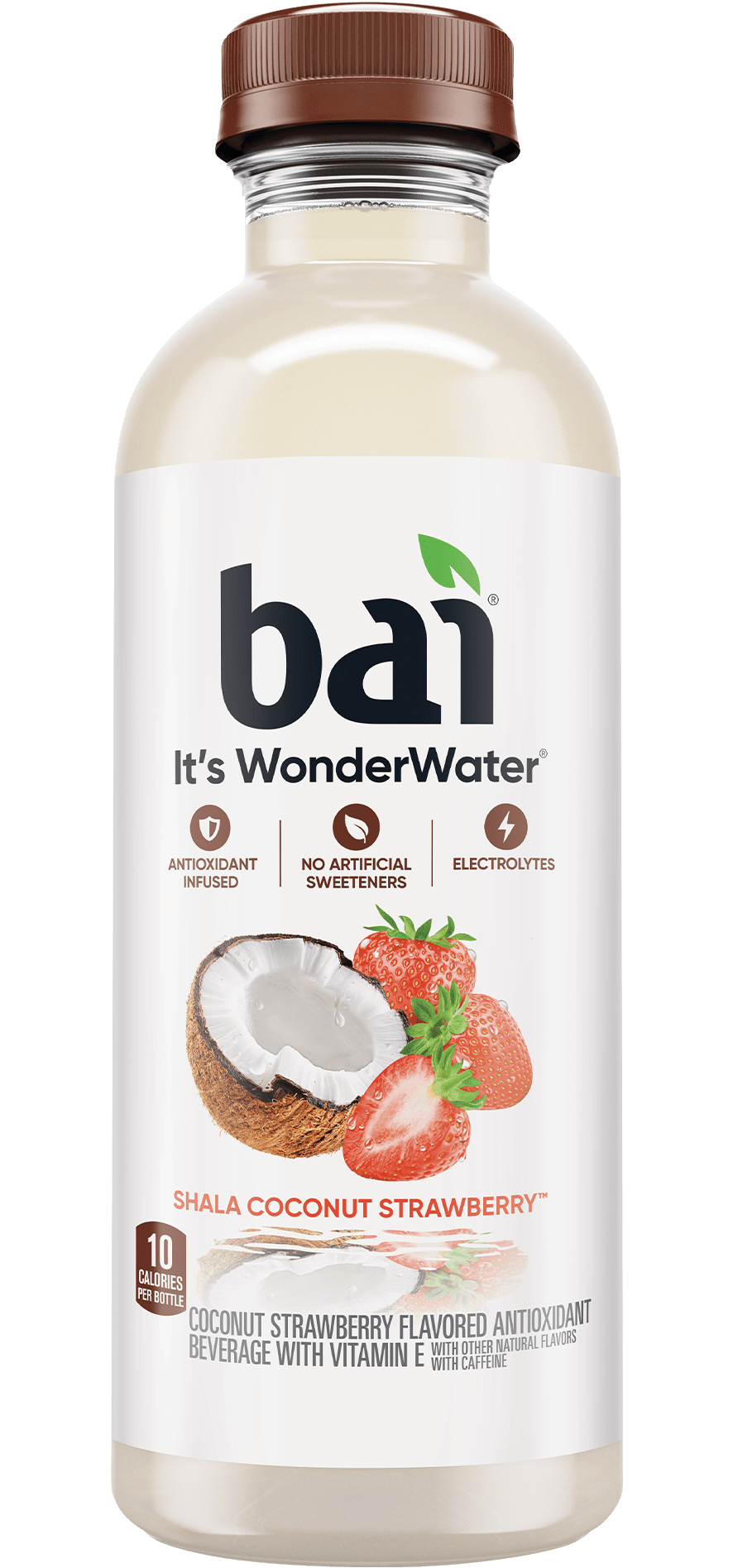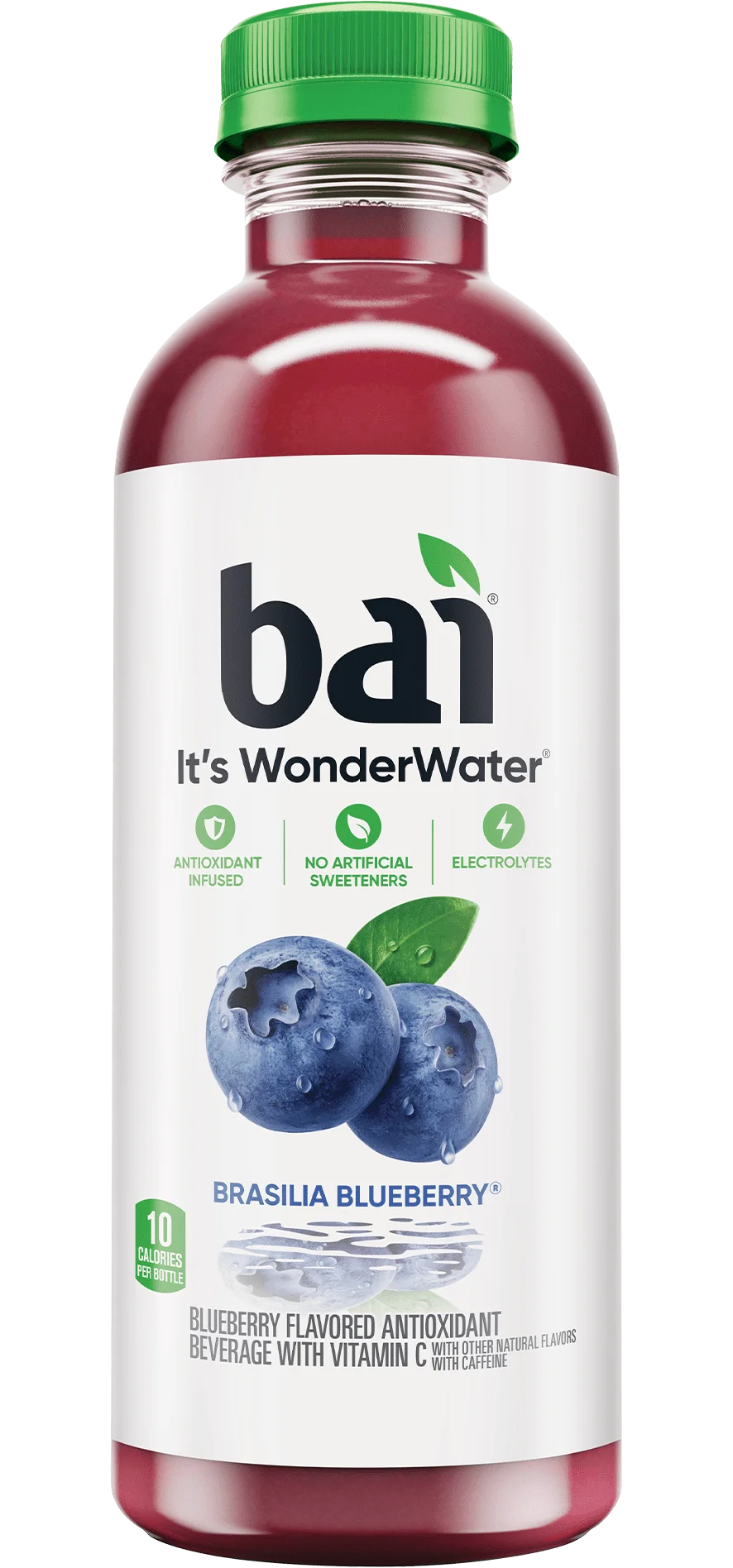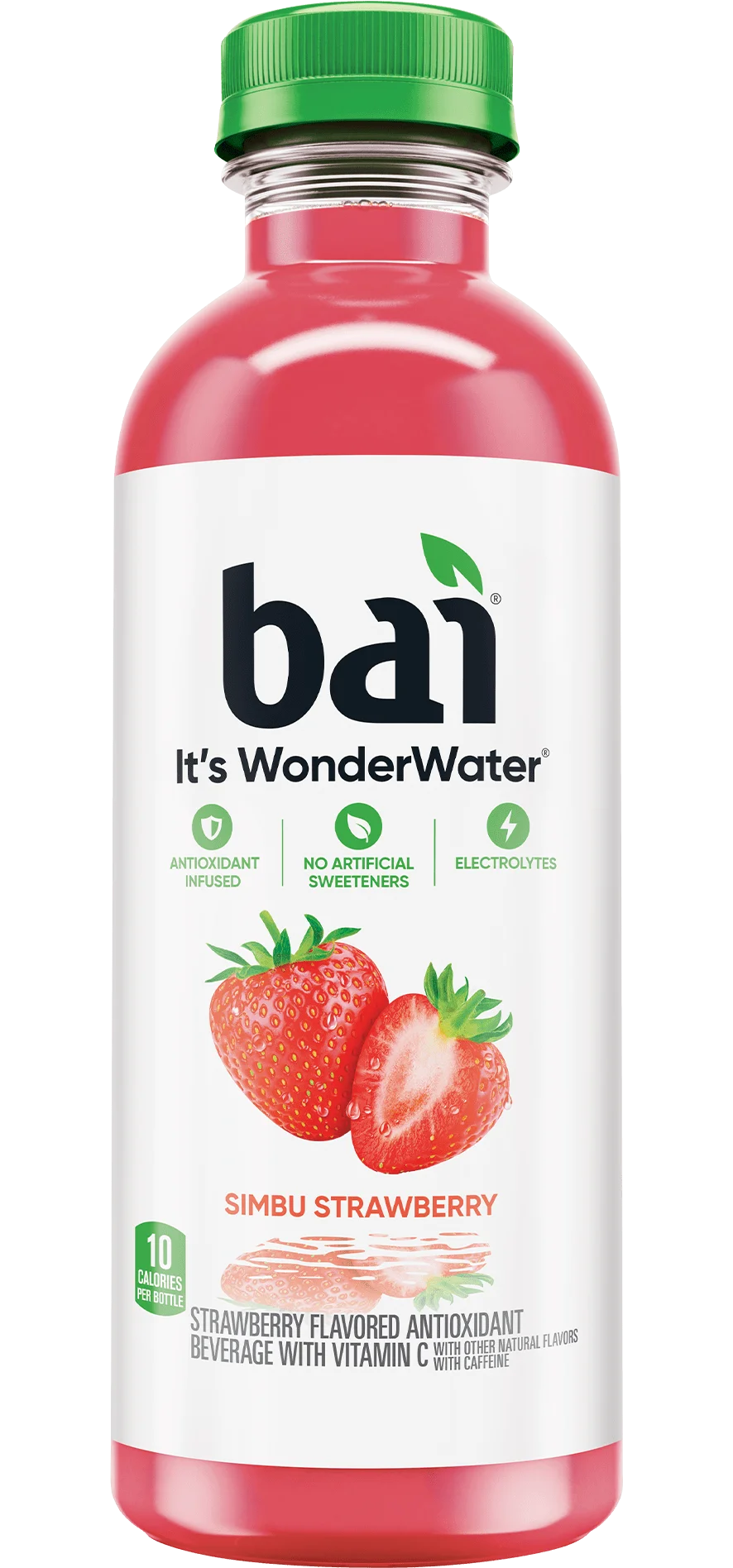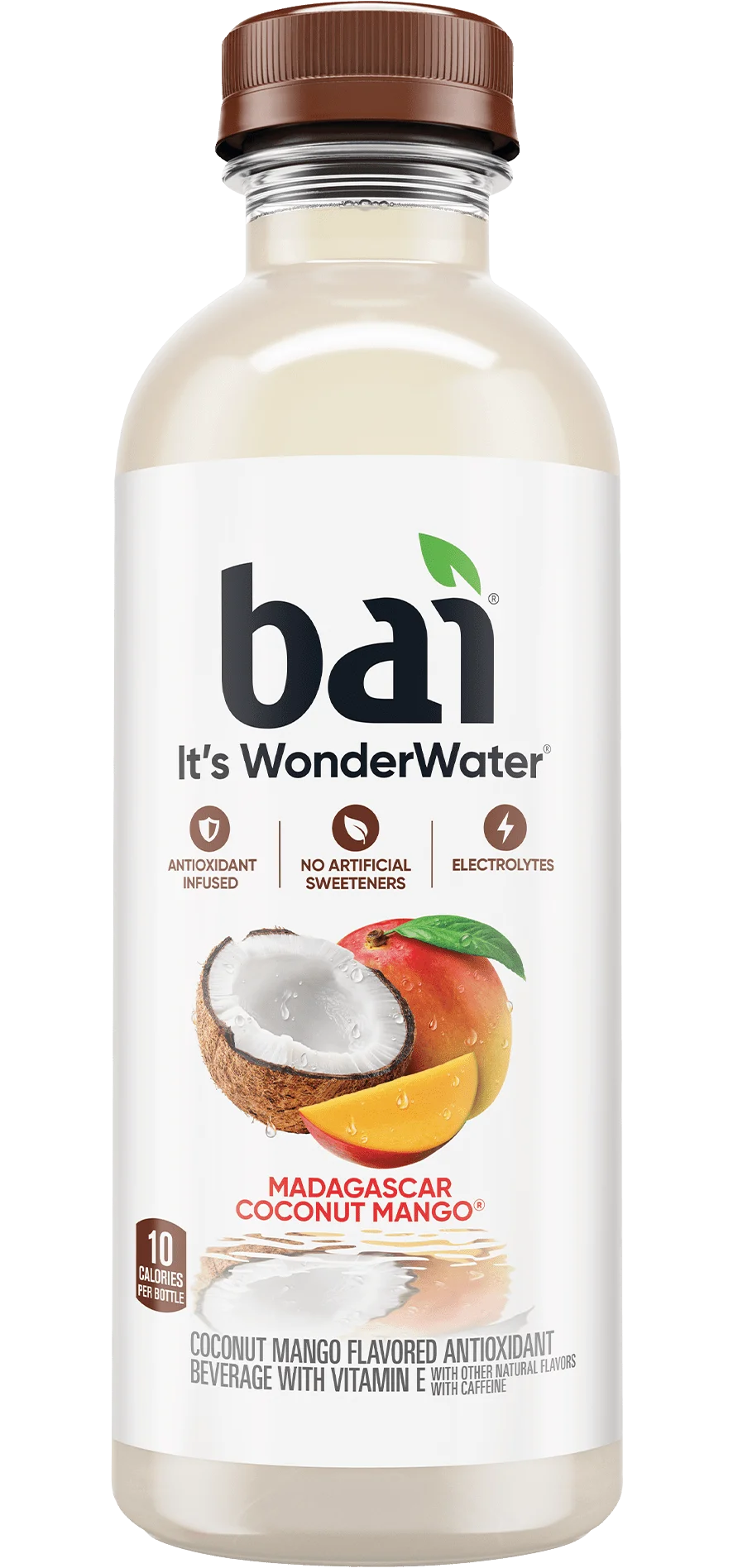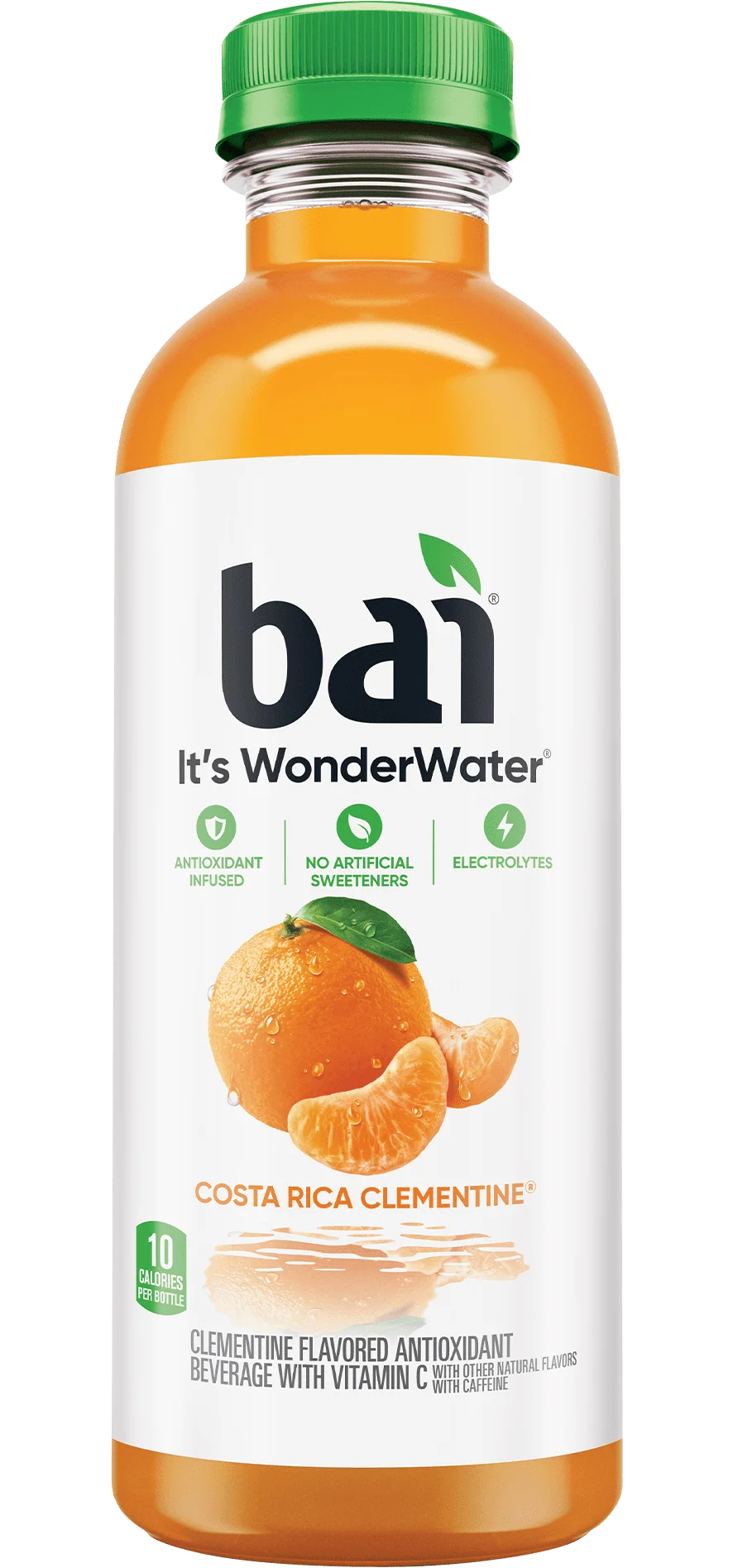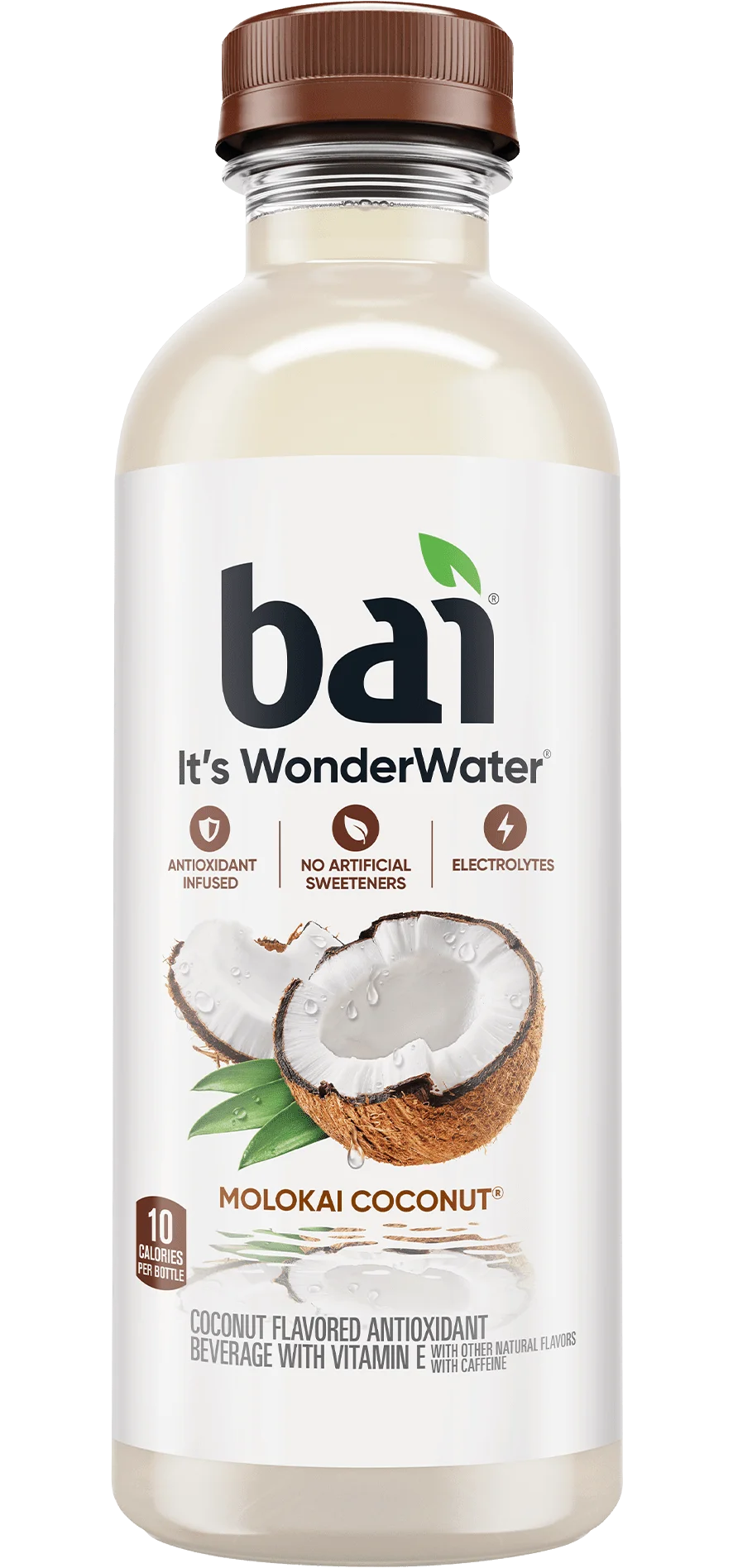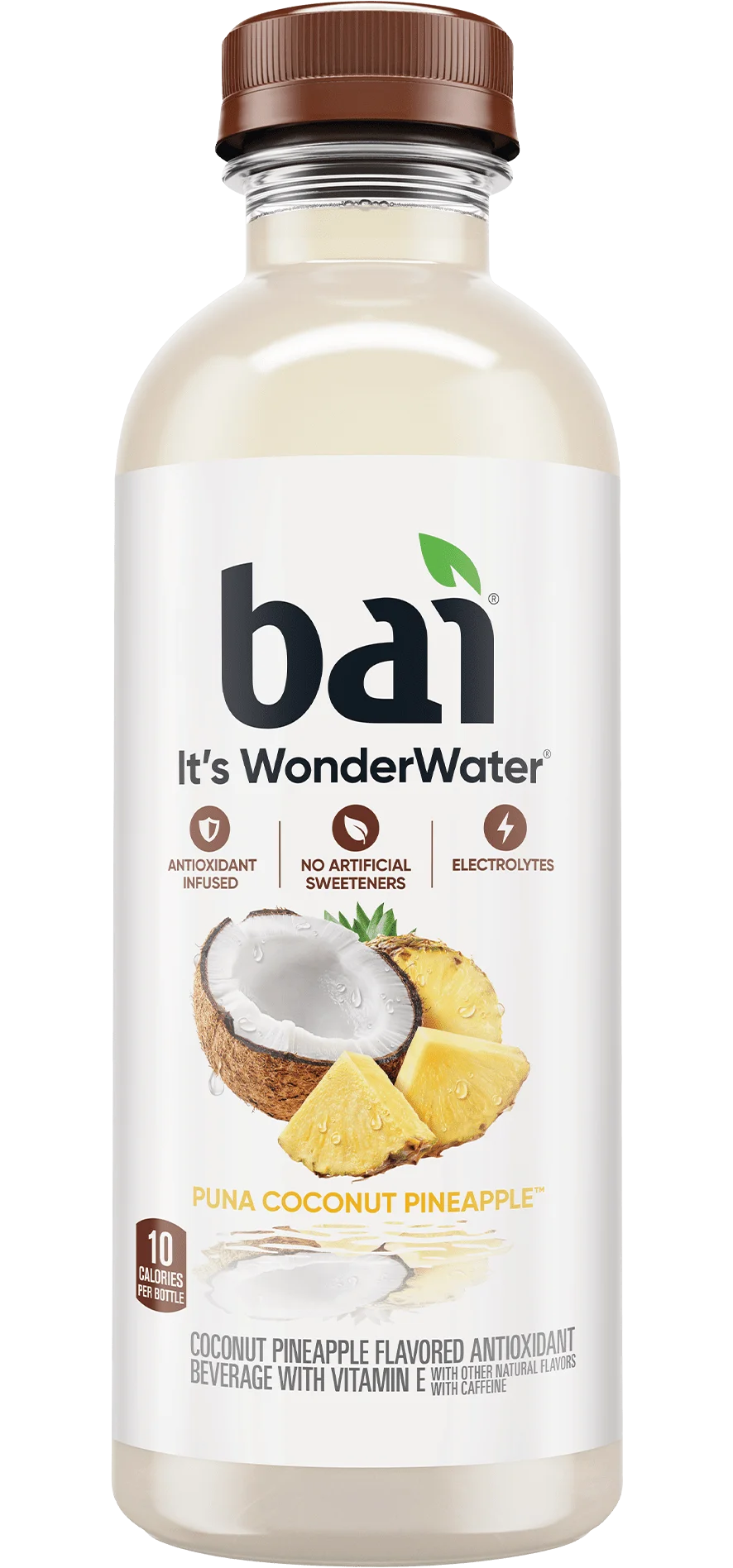By Dan Lewis
There are a few drinks which, for various reasons, are tied to places or events. While the tradition of drinking a mint julep at the Kentucky Derby probably tops that list, the “tomato juice while in flight” combination has to crack the top five. Tomato juice, in general, isn’t a common beverage at home, restaurants, cafeterias, or (outside of a Bloody Mary) even bars. But when the flight attendant comes by with the path-to-the-bathroom-blocking drink cart twenty minutes after takeoff, rest assured that there’s tomato juice to be had.
Why? Pressure, apparently.
As the New York Times reported, the ascent from the runway to the 35,000 feet (or so) cruising altitude planes fly at takes our taste buds through a wild ride, effectively putting many of them to sleep. Roughly a third of our taste buds go numb during takeoff, the Times reports, and to make matters worse, the unnatural humidity in the cabin – established by design, to keep corrosion at bay – neutralizes our noses. The net result: food tastes blander than usual.
For some foods – say, a plain, baked chicken breast – that’s going to doom the passenger’s meal to a fate of being unpalatable. Even at low altitudes, that’d be on the blander side of things; at 35,000 feet, it’d be like chewing rubber. Lightly flavored, nuanced beverages suffer the same ill effects. But tomato juice, which could hardly be called subtle, shines like a beacon of taste in a sea of milquetoast novelty drinks.
And that’s true even though on the ground, tomato juice is typically, well, gross. Researchers at the Fraunhofer Institute for Building Physics (IBP) studied the tomato juice phenomenon after Lufthansa requested a scientific explanation for the curiosity. One IBF scientists, Dr. Andrea Burdack-Freitag, noted that “Tomato juice was rated far worse under normal pressure than under low pressure. It was described as earthy and musty. Under cabin pressure pleasant fruity smells and sweet, cooling taste impressions came to the fore.”
That makes tomato juice kind of special, but it doesn’t make it unique. It isn’t the only beverage which is popular in the friendly skies and not so much with two feet on the ground: ginger ale. Whether the cabin pressure quirk of science applies to this golden, bubbly liquid, though, is unlikely, and the reasons for this preference are much less clear.
There are a few other theories floating around out (none steeped in peer-reviewed scientific research.) Some think that ginger ale is a cultural holdover from when plane rides were a lot more novel and also a lot bumpier – the drink was useful for settling the stomach of a nervous or otherwise airsick passenger. Others assert that ginger ale is uniquely positioned among drinks in that it’s caffeine-free, and therefore won’t prevent you from falling asleep or dehydrate you, but it still has all the bubbles and appeal of most other carbonated beverages. (That doesn’t explain why citrus-flavored drinks, like 7UP and Sprite, aren’t more popular, however, and in any event, that explanation feels forced.) In any event, ginger ale is part of the airplane traveller’s culture, and there’s a good chance that, upon hearing your rowmate order the drink, the novelty factor alone gives less frequent fliers a reason to give the beverage another try.
Which works for tomato juice too — just don’t be surprised if the taste you enjoyed in the air doesn’t remain when you drink tomato juice at home with your dinner.
Bonus fact:
Another airline-friendly drink, gin and tonic, has an odd medicinal effect: it can help fight malaria. Quinine, one of the ingredients in tonic water, is an antimalarial drug, and gin and tonic was specifically invented to help those in malaria-heavy areas swallow the otherwise bitter medicine.
–
Dan Lewis is the author of the wildly popular daily newsletter Now I Know, which shares something interesting every day.

